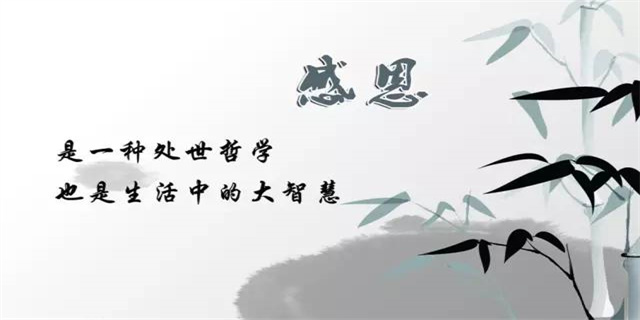Turkish March: A Melodic Journey through the Five-Line Stave
Introduction
The Turkish March, also known as the \"Rondo alla Turca,\" is a lively and captivating musical piece that showcases the rich cultural heritage of Turkey. Composed by Wolfgang Amadeus Mozart, this piece has become an iconic representation of Turkish classical music. In this article, we will explore the different elements of the Turkish March and examine how it is represented in the five-line stave.

The Five-Line Stave
The five-line stave, also called the staff, is a fundamental musical notation system that represents pitch and rhythm in Western music. Each of the five lines and the spaces between them corresponds to a specific pitch. The Turkish March is typically written on the treble clef, which is commonly used for high-pitched instruments such as the piano or the violin. The treble clef, represented by a curly line that wraps around the second line from the bottom, helps determine the pitch of the musical notes written on the staff.

The Melody of the Turkish March
The Turkish March starts with a captivating and catchy melody that is instantly recognizable. The main theme follows a simple yet exhilarating pattern that combines different musical elements to create a distinct Turkish sound. The melody is a combination of fast-paced, quick notes interspersed with trills and ornaments that add a lively and virtuosic character to the piece. The use of intervals, such as diminished fifths and chromatic passages, adds a touch of exoticism, creating a unique fusion of Western and Turkish musical traditions.
The Rhythm of the Turkish March
Rhythm plays a crucial role in the Turkish March, contributing to its energetic and lively nature. The piece is written in 2/4 time signature, which means there are two beats in each measure. The use of syncopation and hemiola, where rhythms are grouped in threes against the underlying duple meter, gives the piece its distinctive rhythmic complexity. The continuous alternation between rhythms creates a sense of anticipation and excitement, making the Turkish March an invigorating musical experience.
The Dynamics and Articulation
Mozart's Turkish March demands a high level of precision and control in terms of dynamics and articulation. It employs a wide range of dynamics, from soft and delicate pianissimo passages to strong and powerful fortissimo notes. The contrasting dynamics contribute to the overall dramatic effect of the piece, enhancing its expressive qualities. Additionally, the use of staccato, accents, and trills adds a playful and virtuosic character to the music, further highlighting its Turkish origins.
Conclusion
The Turkish March, with its captivating melody, intricate rhythms, and lively dynamics, beautifully captures the essence of Turkish classical music. Through the five-line stave, we are able to appreciate the nuances and complexities of this exquisite masterpiece. The fusion of Turkish and Western musical traditions creates a unique and unforgettable musical experience, showcasing the cross-cultural exchange of ideas and influences. Whether performed on the piano, violin, or any other instrument, the Turkish March continues to enchant audiences around the world and remains a timeless symbol of musical excellence.
